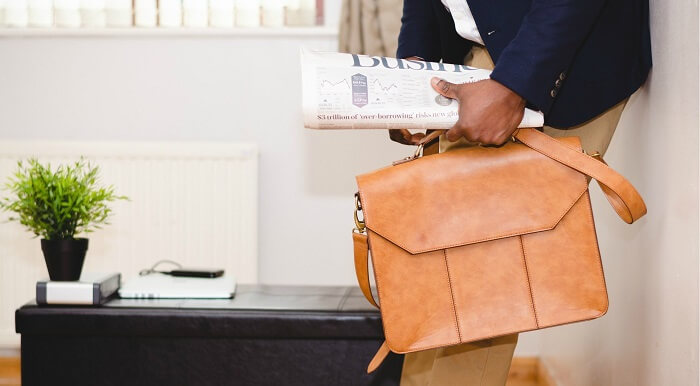Best travel cards for Australia in the UK
Read our guide on the best travel card for Australia from the UK, including card comparisons and travel tips.

Whether you call it the Land Down Under or just Australia, the reality is that there are real restrictions when it comes to bringing cash across borders. If you’re traveling to Australia and plan to bring cash with you, you’ll definitely need to be aware of the rules. Read this before you go to ensure a safe, smooth trip.
There are no limits to how much cash you can bring into Australia, but if it’s $10,000 (AUD) or more (or the equivalent in a foreign currency), you’re required to declare it at customs.
As stated above, you can’t really bring too much cash to Australia. But if you bring in more than $10,000 (AUD) and you don’t declare it to customs, you risk having it seized or getting yourself fined or even thrown in jail.
Coins and notes qualify as cash when entering Australia, and if you carry them in amounts equal to or exceeding $10,000 (AUD), they must be declared. Bearer negotiable instruments (BNIs) like cheques, travellers cheques, bearer bonds and money orders must be declared if an Australian Border Force Officer requests them; otherwise, they’re fine to carry in and out of Australia. BNIs don’t count toward your cash total, so, for example, if you have $5,000 in cash and $5,000 in travellers cheques, you’re not required to declare your cash unless asked to do so by a border force officer.
Travellers from all countries are required to declare cash when entering Australia, if the amount is $10,000 (AUD) or more.
Travellers from all countries are required to declare cash when entering Australia, if the amount is $10,000 (AUD) or more.
Physical Currency (CBM-PC) reporting forms are available from customs officers at international airports and seaports. They may be handed out on planes or cruise ships before you land in Australia, but if not, they can be picked up at the airport as you make your way through customs. You can also download the form here and fill it out ahead of time.
Australia doesn’t have any rules about how much cash you can take out of the country, though you’ll still have to make a customs declaration if you’re carrying more than $10,000 (AUD) (or the foreign currency equivalent) in cash. However, the country you’re going to may have its own rules about how much cash you can bring in. Make sure to do your research depending on the country you’re headed to.
Exchanging currency in cash is generally not the cheapest way to obtain Australian dollars. If you exchange cash at an exchange service, even if it advertises no fees, it’s probably still exchanging your money at an unfavorable exchange rate so it can make a profit. It’s generally cheaper to use your debit card to withdraw cash as you need it at a local ATM, where you may be charged an ATM fee, but will typically get a better exchange rate.
Even though Australia is generally a pretty safe place, it’s never a good idea to carry large amounts of cash while you’re travelling. That’s just one more reason to explore options outside of exchanging cash.
Wise allows you to send money internationally at the actual exchange rate, or the rate you see when you Google it. It’s fast, easy and secure.
Wise also offers borderless multi currency accounts, which allow users to send, receive and manage money in multiple global currencies, including Australian dollars, all at once. Beginning in 2018, borderless account holders will also have access to consumer debit cards, making accessing your money in foreign countries even easier.
Hopefully, with these tips in hand, your trip to Australia will go off without a hitch. Safe travels!
*Please see terms of use and product availability for your region or visit Wise fees and pricing for the most up to date pricing and fee information.
This publication is provided for general information purposes and does not constitute legal, tax or other professional advice from Wise Payments Limited or its subsidiaries and its affiliates, and it is not intended as a substitute for obtaining advice from a financial advisor or any other professional.
We make no representations, warranties or guarantees, whether expressed or implied, that the content in the publication is accurate, complete or up to date.

Read our guide on the best travel card for Australia from the UK, including card comparisons and travel tips.

Maximise your savings by claiming a VAT refund through Australia's Tourist Refund Scheme. Our guide walks you through how to get the most from your GST refund.

Should you pay with cash or card in Australia? A handy guide including cash etiquette, Australian ATMs and using your UK card.

Travelling to Australia? Check out our guide on everything you need to know about the vaccinations required for your upcoming holiday.

Check out our in-depth guide on everything you need to know about buying a prepaid Australian SIM card, including different providers, pricing, and features.

A handy guide on how Revolut works in Australia, including info for UK customers on using a Revolut card abroad.